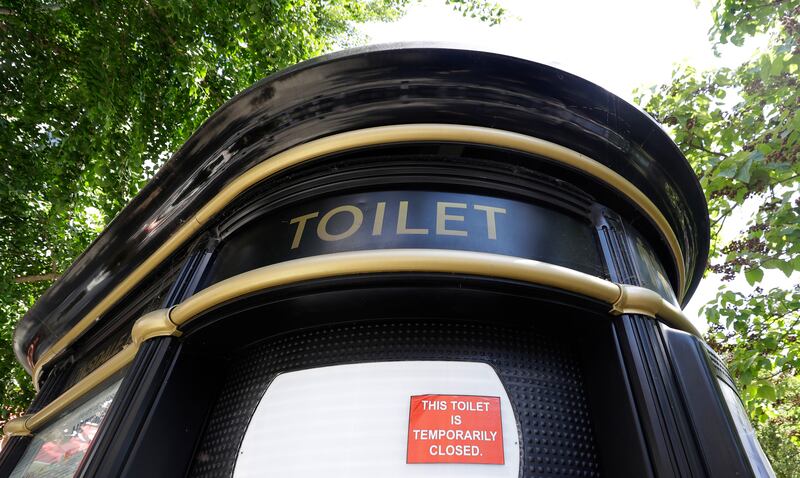A new study from Yangzhou University in China has found that coronavirus could spread from the spray of your toilet.
View Comments
What’s happened:
- Researchers used computer modeling software to show how water in a flushed toilet sprays into the air, reaching as high as 3 feet.
- This action could lead to “a cloud of little particles containing fecal matter into the air — fecal matter that could carry coronavirus,” according to CNN.
- Researcher Ji-Xiang Wang, of Yangzhou University, said in a statement: “One can foresee that the velocity will be even higher when a toilet is used frequently, such as in the case of a family toilet during a busy time or a public toilet serving a densely populated area.”
- Experts suggested coronavirus can live in the digestive system. Evidence in COVID-19 has been found in human waste, too.
Human waste in Utah
- A sewage study in Utah found that there were high concentrations of novel coronavirus in large cities and areas with COVID-19 outbreak, according to Ashley Imlay of the Deseret News.
- Researchers looked to find out whether waste that gets flushed down the toilet could offer Utah a chance to understand infection rates.
- Erica Gaddis, director of the Utah Division of Water Quality, said in a statement: “The initial results show that we can not only detect the virus in sewage, but we can see trends that are broadly consistent with known infection rates in Utah’s communities.”


